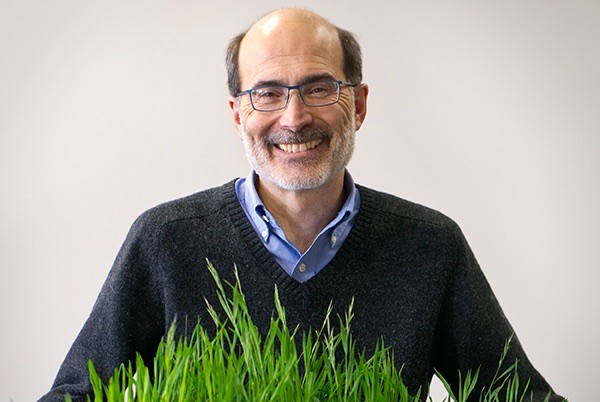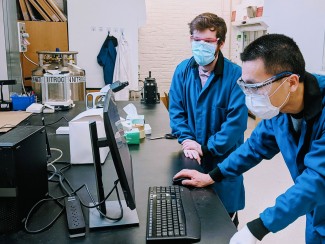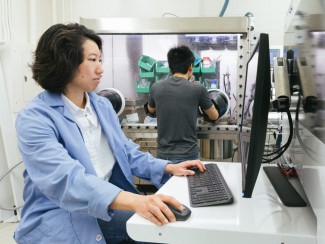Some plants can pull metals from the soil and incorporate it into their tissue, providing environmental cleanup and reducing the energy required to mine metals needed for batteries and other clean technology

An international team of researchers, led by University of Wisconsin-Madison biochemistry professor Rick Amasino, was awarded $1.47 million to enhance plants’ abilities to mine metals from naturally enriched soils.
The three-year Advanced Research Projects Agency-Energy (ARPA-E) grant from the Department of Energy supports the researchers’ efforts to mine nickel — a metal essential to the production of lithium batteries — more sustainably by using plants to extract nickel from the soil. ARPA-E advances high-potential, high-impact clean energy technologies across a wide range of technical areas that are strategic to America’s energy security.
The team, which includes researchers from UW–Madison, Illinois State University, Wageningen University in the Netherlands, and Botanickel in France, will focus on two plants in the mustard family that are known for their ability to pull metal from the soil and incorporate it into their own tissue, a process known as phytomining. Nickel from the metal-rich plant tissue can then be harvested, isolated, and used for industrial purposes.
“Nickel is essential to developing a clean economy — it’s a key component of the electric lithium batteries used in electric cars. Using plants, we can pull nickel from the soil while reducing the need to scar the surface of our planet and also reducing the energy needed to purify nickel,” says Amasino. “We are focusing on research that contributes to a more sustainable future.”



